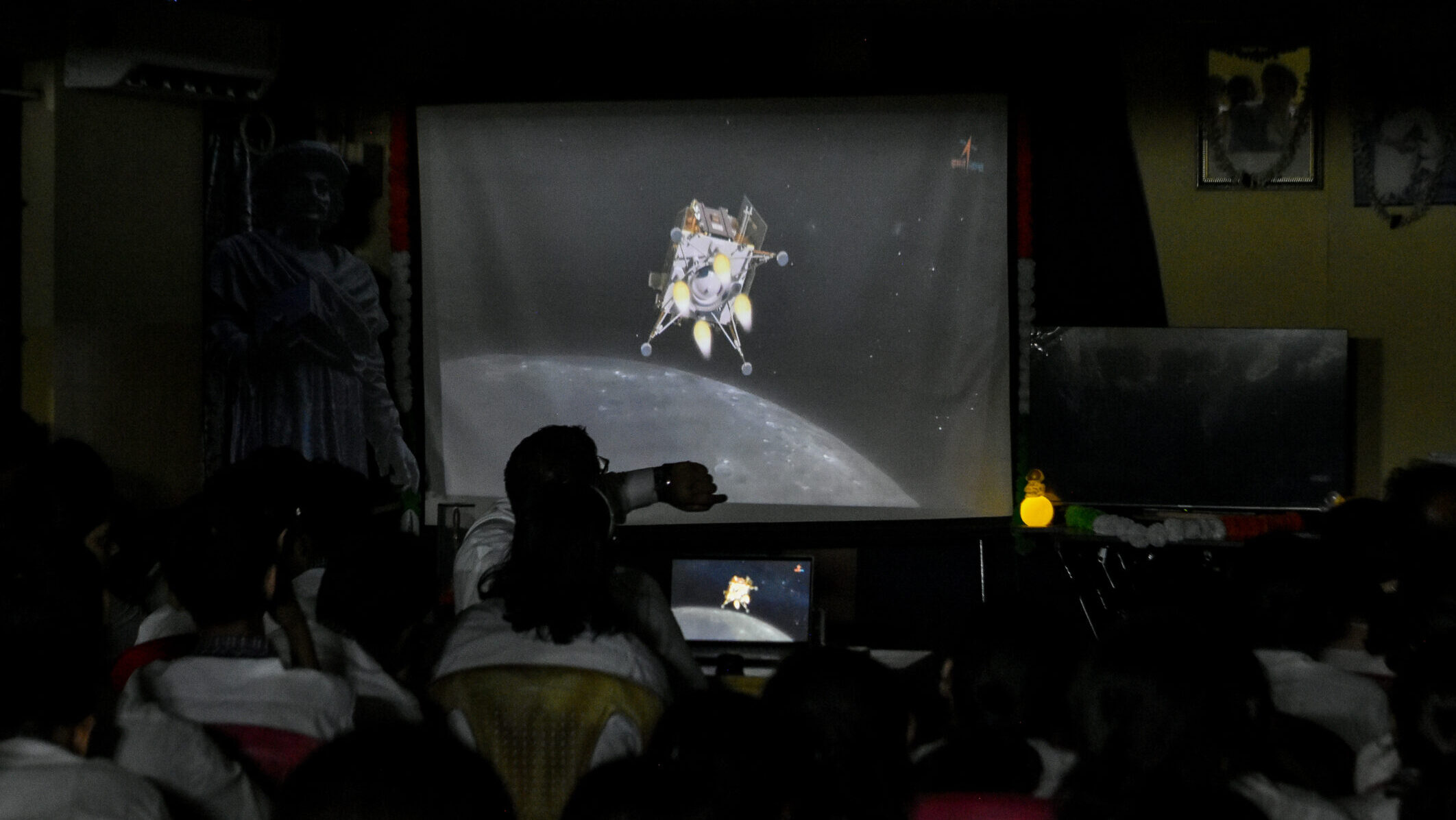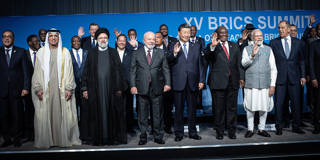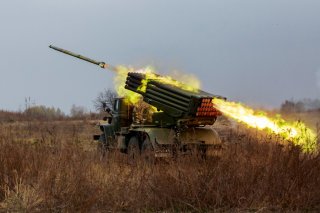Kamran Bokhari
The Chinese economy’s extended tumble is undoubtedly being watched from India with glee and opportunism. Ever since India became the world’s fifth-largest economy a year ago, there has been a lot of talk about its potential to replace China as the world’s manufacturing hub. Realistically, the development gap between the two countries imposes serious limits on New Delhi’s ability to take advantage of Beijing’s dwindling fortunes. What is likely, however, is that India will adjust the way it does business so as to attract enough investments over the next several years to reduce some of the world’s dependency on the Chinese industrial complex. How this unfolds will have a major bearing on U.S. national security and foreign policy in the coming decades.
The Biden administration is trying to curb U.S. investment in China. In some respects, this process was already underway; for example, U.S. venture capital investment in China has declined significantly since 2021. But Washington wants to go further, specifically to prevent Beijing from using American money to advance its military capabilities. So, on Aug. 9, the White House issued an executive order restricting investment in China in three strategic sectors: semiconductors and microelectronics, quantum information technologies, and artificial intelligence.
In the short term, at least, the U.S. and Chinese economies are too interconnected for Washington to push this strategy very far. The sluggish Chinese economy is already hurting American corporations with major commercial interests there. In recognition of the economies’ interdependence, the Treasury Department said it would exempt “publicly traded instruments and intracompany transfers from U.S. parents to subsidiaries.” The U.S. well understands that China’s enormous market share, acquired over decades, will not be easily reversed. After all, it was Washington’s strategy dating back to the Cold War that played a key role in China’s rise.
















